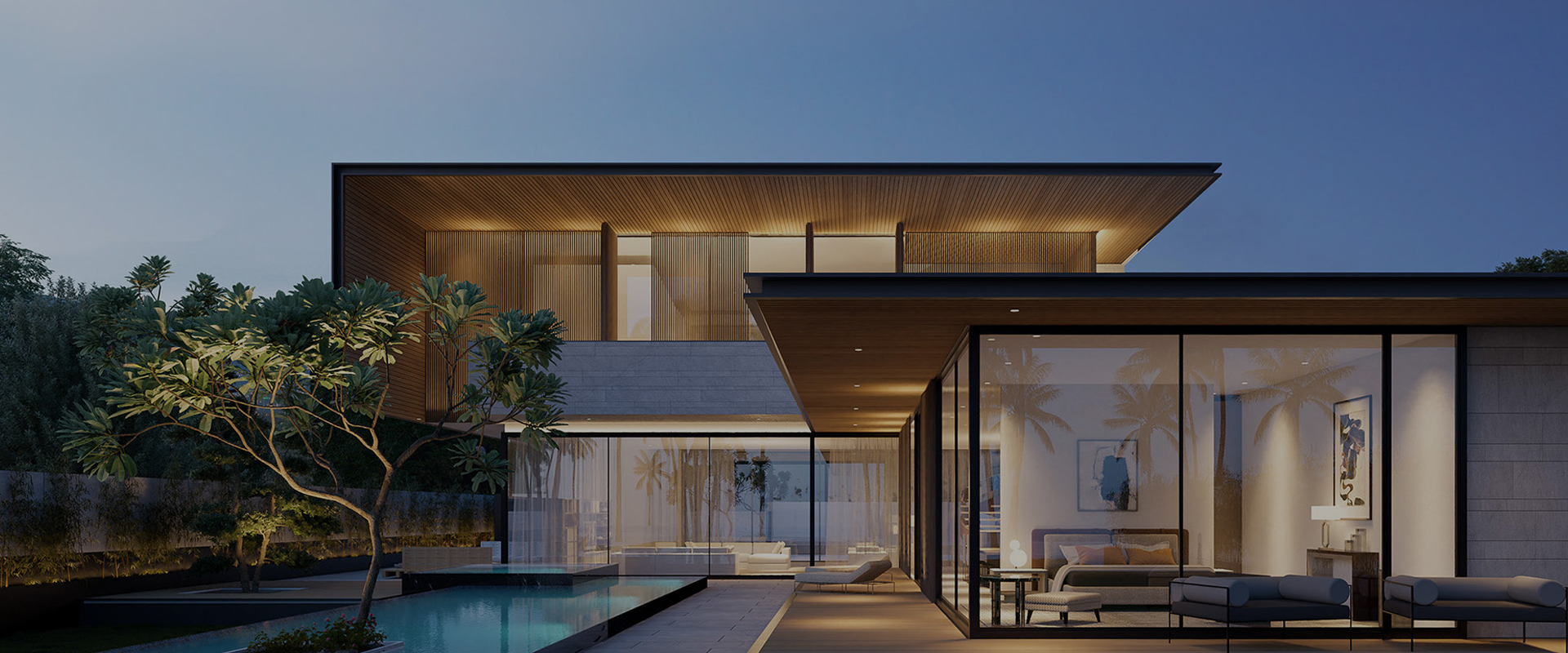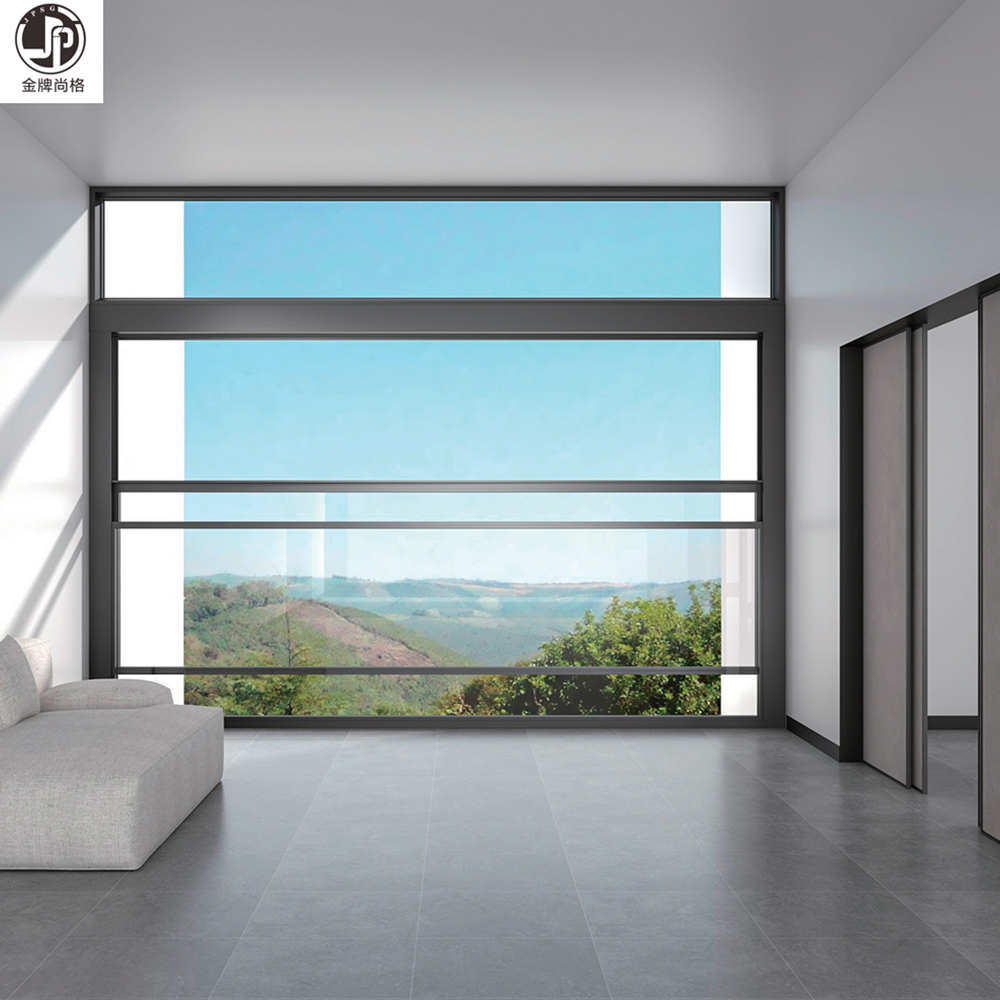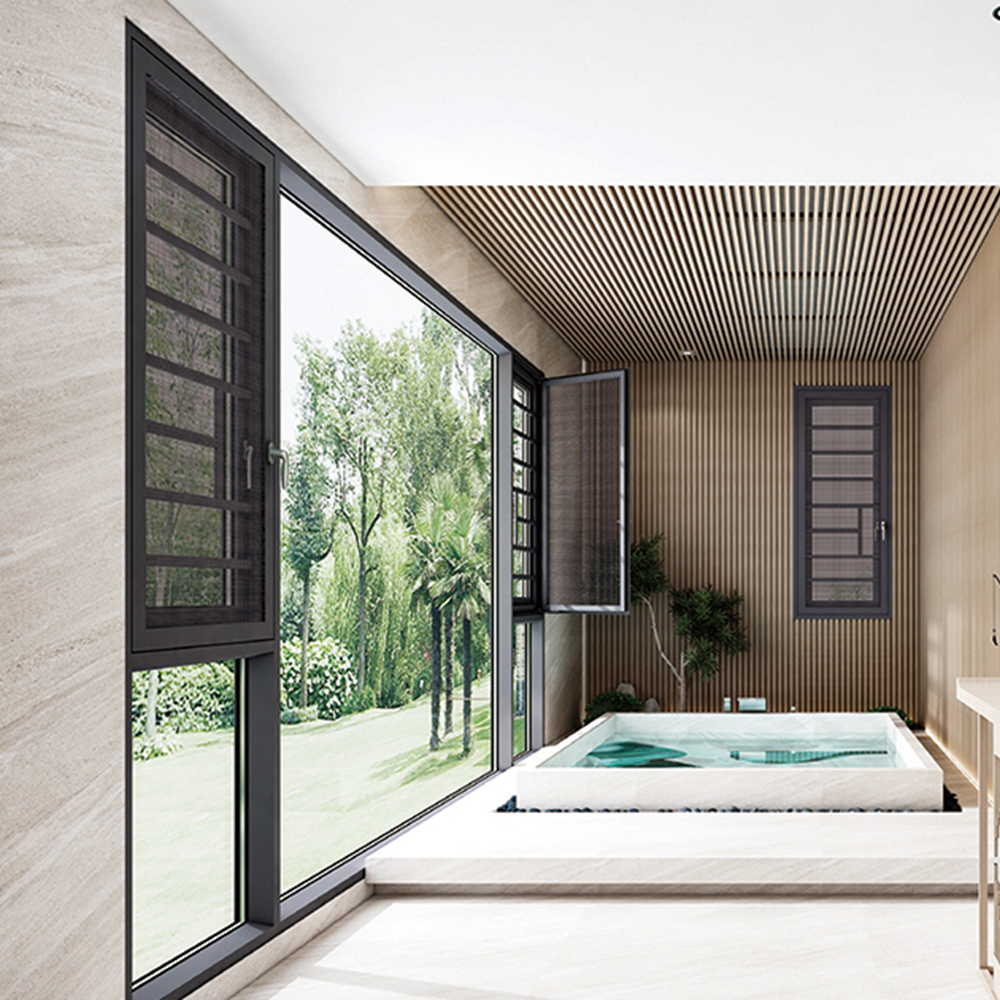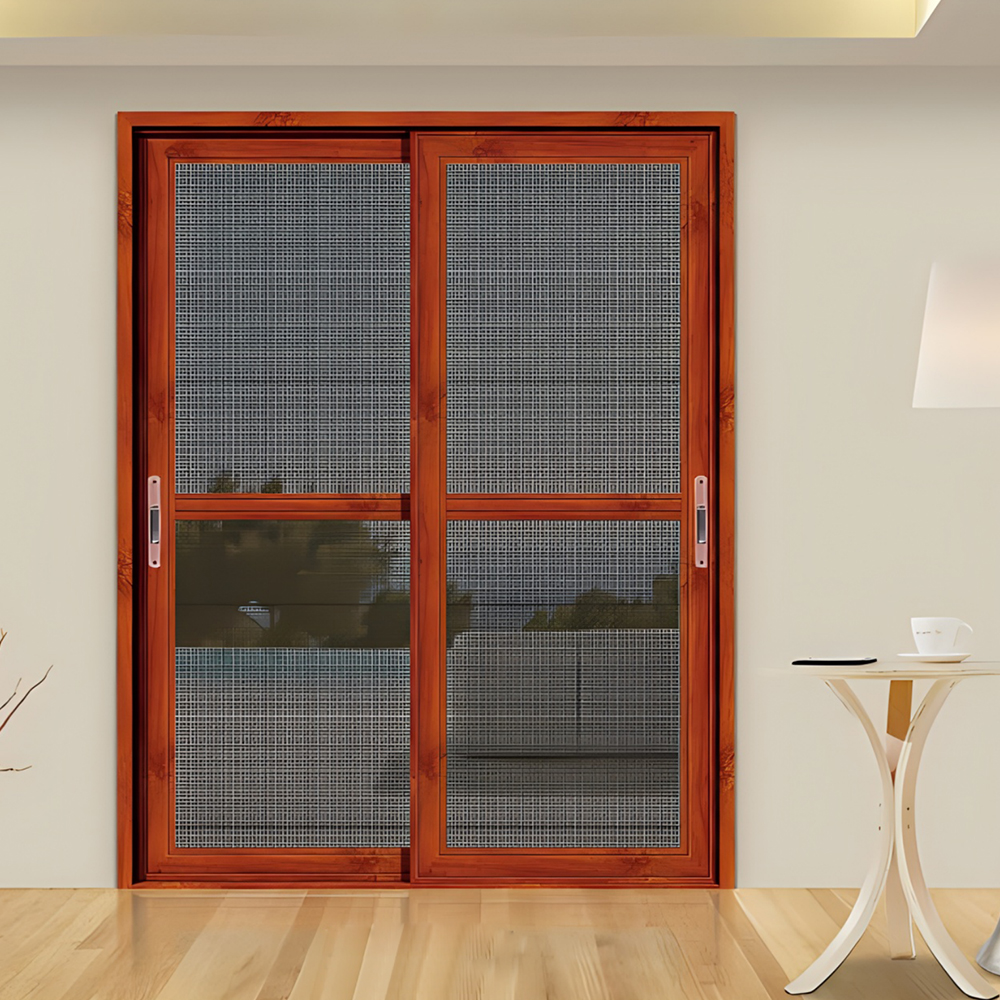What is a lift-sliding window?
In home decoration, people are increasingly pursuing the combination of practicality and aesthetics. As an important component of home space, the design and function of doors and windows are also constantly evolving. Lift-sliding windows are a new type of door and window system that came into being under such a background. So, what exactly is a lift-sliding window? How is it different from a traditional sliding window?
Lift-sliding windows are a door and window system that combines the two structural mechanisms of lifting and sliding. Compared with traditional sliding windows, it has an additional "lifting" device. Through the control of the handle, the window sash can be slightly lifted first to make it detach from the lower track, so that it is smoother when opening or closing and reduces friction. When closing, put the window sash down to ensure sealing. This design not only improves the convenience of window operation, but also enhances windproof, waterproof and soundproof performance.
From a structural point of view, lift-sliding windows are mainly composed of two parts: lifting system and track system. The lifting system is usually hidden in the window frame, and the precise pulley and spring system work together to realize the lifting and lowering of the window; the track system is designed according to the opening direction of the window, and has horizontal sliding, vertical lifting and other forms. This structure effectively avoids the problems of dust accumulation and jamming under the track of traditional sliding windows, and is more convenient to maintain.
In addition, lifting sliding windows often use double-layer insulating glass or laminated glass, combined with a multi-point locking system, which can effectively improve safety and energy saving. Especially in high-rise residential buildings, coastal areas or areas with strong winds, the structural advantages of lifting sliding windows are more obvious. It has smooth opening and closing and strong airtightness, and is an increasingly popular window type in modern homes and commercial buildings.
What are the advantages and disadvantages of lifting sliding windows compared to traditional sliding windows and casement windows?
After understanding the basic definition of lift window, we can't help but ask: What are the specific advantages and disadvantages compared with the traditional sliding windows and casement windows commonly seen on the market? Is this new structure really worth consumers' choice and investment?
First, let's look at the advantages of lift window. It combines the space-saving characteristics of sliding windows with the advantages of excellent sealing performance of casement windows. When open, it does not occupy indoor and outdoor space, which is very suitable for balconies, kitchens, living rooms and other occasions where space needs to be saved; when closed, its lifting and sealing structure can provide windproof, dustproof and noiseproof effects like casement windows, greatly improving comfort and energy efficiency.
Secondly, in terms of durability and safety, lift windows often use high-quality hardware accessories and multiple locking point designs to make them more resistant to wind pressure and have a longer service life. Compared with the problem that traditional sliding windows are prone to operation jams due to track wear, the lifting structure can effectively reduce mechanical friction, make daily opening and closing smoother, and reduce maintenance costs.
However, lift windows are not without shortcomings. The first is the cost issue. Due to its complex structure, high requirements for accessories, and fine processing technology, its manufacturing and installation costs are significantly higher than ordinary window types. This may be an important consideration for families or engineering projects with limited budgets.
The second is ease of use. Although lift windows are easy to operate, some lifting structures may have slight resistance in operation for older people or children. In addition, the maintenance difficulty is relatively high. Once the lifting mechanism is damaged, professional technicians need to dismantle the window for maintenance, and the maintenance cost is also high.
In summary, lift and slide windows are obviously superior to traditional window types in terms of functionality and comfort, but consumers need to weigh and choose according to actual needs in terms of cost and later maintenance.
What are the use scenarios suitable for lift and slide windows? How to choose more reasonable types for different spaces?
After understanding the working principle and performance characteristics of lift and drop windows, many readers may be further concerned: Where is it suitable for installation? How to choose window types for different types of houses, spaces and functional areas?
First of all, lift and drop windows are most suitable for installation in places with high requirements for sealing but limited space. For example, balconies, kitchens, bathrooms or small study rooms. These spaces generally have small windows, but are often exposed to the external environment, such as wind, rain, and dust, so the sealing and waterproof properties of the windows are very high. The lift and slide windows can just play their sealing and energy-saving advantages in limited spaces.
Secondly, for high-rise residential buildings, lift and drop windows are a very ideal choice. On high floors, the windows face greater wind pressure, and traditional sliding windows are easily blown by the wind and even cause air leakage. However, due to its compact and closed structural design, the lifting and sliding windows can effectively resist high-altitude wind pressure and avoid the common shaking problem of sliding windows. At the same time, its sliding opening method also avoids the embarrassment and safety hazards of the casement window extending outward after opening.
Let's take a look at the application of commercial space. In some modern office buildings, shops or cafes, in order to pursue a simple facade, good indoor lighting and convenient ventilation, lifting and sliding windows provide an attractive solution. It will not interfere with the flow of people and vision like an outward-opening window, and can flexibly adjust the opening range according to needs, taking into account both aesthetics and functionality.
However, for villas or duplexes with ample space and a generous budget, casement windows or folding windows may have more advantages in visual openness. For interior designs that focus on extreme simplicity or industrial style, the modern sense of lifting and sliding windows is also perfectly integrated into this aesthetic system.
In terms of selection, users are advised to make a comprehensive judgment based on the orientation of the space, ventilation requirements, budget constraints and aesthetic preferences. For example, a south-facing balcony can consider a large area of hollow glass lift window to enhance lighting; the bathroom should use frosted glass material and match it with a good ventilation structure; the kitchen area needs to focus on oil resistance, waterproofness and easy cleaning.
As a modern door and window solution that combines beauty and functionality, lift and drop windows are gradually entering more homes and commercial spaces. Its appearance not only changed people's inherent impression of traditional doors and windows, but also achieved dual innovation in technology and design. From the ingenuity of structural design to the comprehensive consideration of performance and applicability, lift and drop windows undoubtedly provide more possibilities for modern life.
However, the application of any new technology requires a balance between cost and benefit. Although lift and drop windows are good, they are not suitable for all scenarios. When purchasing, consumers should make rational decisions based on their actual needs, house type and budget. In the future, with the continuous maturity of manufacturing technology and the reduction of hardware costs, lift and drop windows may become the preferred window type for more families.





